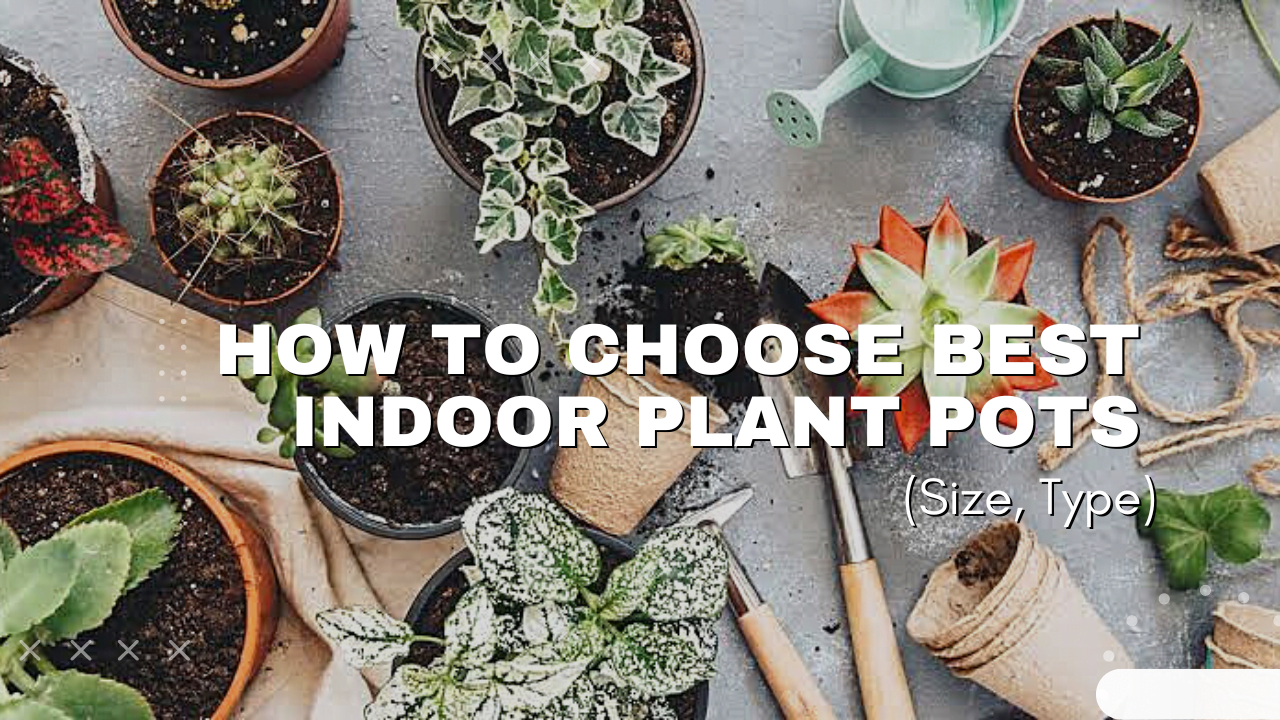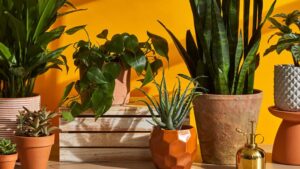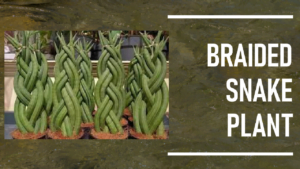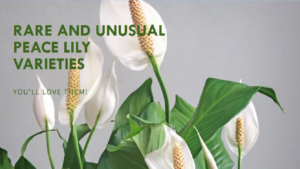Brought a new plant home but don’t have a good pot for it? Trust me, I never liked my new plant sitting in its plastic nursery liner for long.
I always want my plants to sit in a pot that looks stunning in decoration with my home decor. The plastic pots don’t look good in my living room. And that is why I am always on the lookout for attractive and reasonably priced pots and containers for my plants that match the decor of my living room or highlight it.
Having spent months (or even years) in a small pot, your new plant has likely outgrown the space and needs more room to grow. Alternatively, you can upgrade any established houseplants that have grown too large for their container.
Here’s how to choose the best new homes for your plants, whether you need to re-pot your existing plants or you have added a few new ones!
Choosing the best indoor plant pots
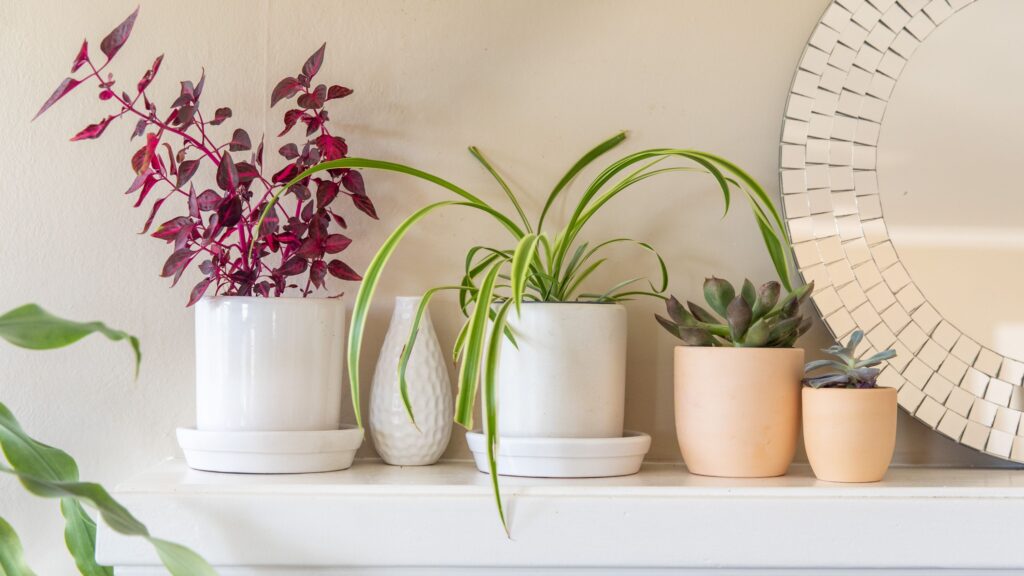
There is an almost endless choice for indoor plant pots. Here, we are considering a few factors to make the best decision. You will love your new houseplant if you pair it with the right pot. When you get home after purchasing plants in plastic nursery containers, they go into a new planter. Let us look at the factors that you need to consider for your beloved plants!
1. Size
The first step in choosing a new container is to determine what size pot you need. A handy guideline is to increase the pot size by 1-2 inches for plants grown in pots less than 10 inches. When growing larger plants, the pot size should be increased by 2 or 3 inches.
Standard Pot Sizes and What to Grow in Them
There are probably multiple sizes of indoor plant pots available at your local hardware store or garden center. Generally, pots are measured by their diameter.
Let’s take a look at some standard plant pot sizes as well as what to grow in them.
1. 10-inch pots
Indoor plant pots with a diameter of 10 inches can hold 2 1/2 to 3 gallons of potting soil. Plants like succulents and herbs can grow in this container. Also, vegetables like lettuce, strawberries, beets, small carrots, and flowers like marigolds can be grown.
2. 14-inch pots
With a 14-inch pot diameter, you can grow cabbage, peas, and large carrot varieties.
3. 18-inch pots
You can grow large vegetables in this pot. These include broccoli, cauliflower, eggplant, peppers, and tomatoes. This is also an excellent pot for growing berries, shrubs, cacti, and even dwarf citrus trees.
4. 24-inch pots
The pots can hold 24 gallons of soil and handle houseplants with extensive roots. A fiddle leaf fig tree will grow in a 24-inch pot, provided the pot height is tall enough to accommodate the tree roots. Trees such as pomegranates, apples, and dwarf peaches will also fit in pots of this size.
5. 30-inch pots
Generally, 30-inch pots are used for planting trees that will eventually be planted in the ground. When fertilized properly, fruit trees such as pear, apple, and plum can live for decades in these indoor plant pots.
2. Shape:
Even though the exact shape isn’t the most prominent characteristic when it comes to container gardening arrangement, it does influence your capability to organize and look after your garden.
Square containers:
Square-shaped pots allow you to organize your pots neatly and look amazing as decoration when using them as a pathway or marking entrance pots. When container gardening, square pots can make watering more manageable with fewer gaps between planters for water to slip through.
Rectangular pot:
This shape is favored because of its practicality. These pots have a distinctive ‘front’ and ‘back’ or ‘left’ to ‘right’ which implies you can plant an even row of flowers, vegetables, or any kind of plants. The back is signified for drainage, so you should always memorize to pierce some holes in the base of it. This assures appropriate drainage of moisture from the pot.
Round pot:
Round pots are most generally employed for herbs, vegetables, and flowers that thrive in smaller areas. Some people pick them because they look adorable and have a mixture of additional interior structures. On the other hand, they are not very beneficial for large plants as they are prone to tilt over easily and have no front or back, which makes it more challenging for plants to develop evenly together. Hence a round pot is better for a single and small plant. There is also a debate that round pots promote the construction of encircling roots or root bonds, which cause absorption issues. This doesn’t matter if you have the correct size pot.
3. Drainage is Key
It is always a good idea to choose a pot with drainage holes. This ensures that the potting soil does not become too wet after watering your houseplants.
The excess water can escape through the bottom of the pot. This allows oxygen to reach plants. (make sure to empty the saucer or tray underneath the pot to prevent roots from absorbing too much moisture).
If you find a beautiful planter without drainage holes, you can still use it. Think of it as a cachepot, which is an outer container with decorative details that conceals a slightly smaller, planer inner container.
If you want to water it, you can lift the inner pot and move it to a sink. Or you can leave it where it is and dump the excess water out of the cachepot once all the water has drained out.
4. Identify Your Style
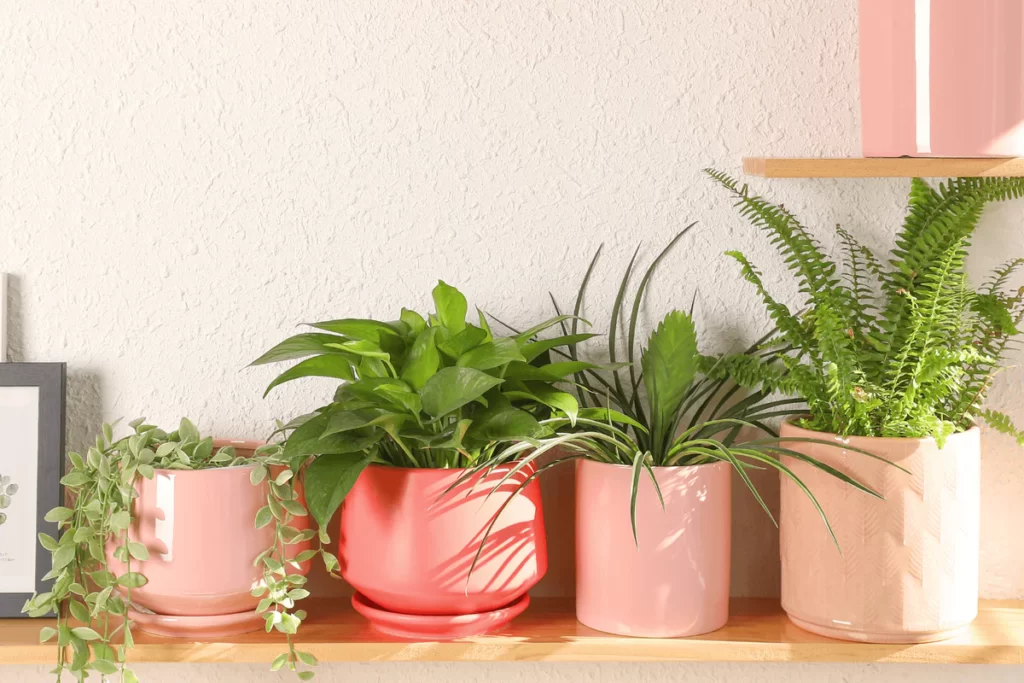
Choosing a pot for your houseplant is largely determined by the size of the pot and the amount of drainage available. After having satisfied these two needs, select a pot that looks and feels good to you.
Today, ceramic pots are the most popular type of container for houseplants. There are a wide variety of styles, colors, and sizes to choose from.
For a long time, clay pots were the most popular indoor plant pots. A clay pot is attractive, heavy (ideal for big plants), and porous (excellent for cacti, ferns, orchids, and succulents). While clay pots require more frequent watering and cleaning, they are less easy to maintain.
Pots made of plastic or fiberglass have several advantages. With a variety of colors and styles to choose from, these pots are lightweight, easy to clean, and inexpensive. Also, there is no need to water clay pots as often as plastic and fiberglass pots.
Other materials for indoor plant pots include metal, basketry, rot-resistant wood, glazed pottery, and glass.
Although pot materials differ mainly in aesthetics, a few do affect your plant’s health.
Let us look at 4 types of pots or pot materials that you should look for!
1. Plastic pots
- They are lightweight and low-cost, and they come in a variety of colors.
- It is better to use plastic pots for indoor plants than ceramic or stone pots. Because metal pots can trap heat and lead to your plant’s roots become toasted.
- It can be very dangerous to use very thin plastic. Although plastic is not biodegradable, it does photodegrade. It means it will eventually decay under strong sunlight.
2. Terracotta pots
- Traditionally made of red clay, these indoor plant pots make container gardening easy.
- Terracotta absorbs water from the soil and dries out. So, you will have to either plant drought-tolerant species (like succulents and rosemary) or water frequently.
3. Glazed ceramic pots
- Pots of this type are heavy, sturdy, and can be painted with a wide variety of colors.
- In a glazed ceramic pot, almost any plant will thrive.
- High prices and cracking in freezing temperatures are two drawbacks.
4. Hanging baskets
- You may want to consider this option for small plants, especially succulents.
- Don’t place anything below the hanging baskets that will get wet since they have good drainage.
5. Keep It Clean
To prevent disease, keep pots clean. Make sure you clean a pot inside and out before reusing it. After prolonged use, clay pots develop a white crust that is caused by mineral buildup after the water evaporates. Remove this crust using steel-wool pads or stiff bristle brushes dipped in vinegar and water.
If the crust is thick, brush it first with a steel wool pad. For 20 minutes, soak pots in a bleach solution (1 part bleach to 9 parts water) to kill bacteria, fungus, and pest eggs. Repeat the rinsing. With a cloth dipped in warm soapy water, clean plastic pots. Get rid of all soil and grime from the pot by scrubbing it thoroughly. Put the pot in a bleach solution just as you would clay pots.
FAQs
Q1. How do you pick indoor plant pots?
Ans. If the plant is currently in a 10 inches pot or smaller, choose a pot that is 1-2 inches larger. Choose a pot 2-3 inches larger than the current pot if it is larger than 10 inches.
Q2. Do indoor plant pots need a hole in the bottom?
Ans. Plant roots do not like sitting in water, except for a few aquatic plants. They need oxygen and carbon dioxide from the air, and excess water closes off the soil’s air pockets. It is easy for plants to become overwatered in pots without drainage holes.
Q3. Are metal pots good for indoor plants?
Ans. Metal containers should be placed in a shady location to reduce heat and glare, which can harm plants. To prevent soil and roots from being harmed by hot metal, line your containers with bubble wrap
Q4. Are ceramic pots good for indoor plants?
Ans. For ceramic pots, you should choose plants that prefer evenly moist soil-generally, plants that have adapted from damper environments in nature.
Q5. Are square or round pots better?
Ans. Square pots have 22% less runoff than round pots, so you will save money on water and fertilizer. Also, growing in squares will increase the shelf life of your plants.
You will save time and money by planting plants in square pots, which hold up to 8% more soil than rounds.
Q6. What can I put in the bottom of my indoor planter for drainage?
Ans. In large containers, you can fill them up with plastic bottles at the bottom. The bottles should be empty, but not crushed, and have their caps on. Alternatively, you can use half-gallon jugs or water bottles.
Q7. How do I know what size planter to get?
Ans. Your plant’s diameter – including the roots!
Choose a planter that’s at least 2 inches wider than the diameter of the plant itself. Pick a pot that’s slightly larger than the plant itself. Since a too-small pot will not allow the roots to develop and might cause them to become tangled and overcrowded.
Q8. What happens when pots are too large?
There is proof that doubling a pot size can boost up to 40% increase in development in some plants. Assuring the appropriate water levels, nutrition, and good soil blend is essential for the health of any plant. But, if the pot is too big for the plant, if overly watered with inadequate drainage, the soil could dry gradually forcing the roots to remain moist and enhancing the possibility of root rot. Furthermore, a pot that is too big could influence the overall look from a proportionality view.
Q9. What happens when the pot is too tiny?
If the pot is too small for the plant, the plant could evolve root-bound and this can lead to gradual or stunted maturation. Trees and other kinds of large plants might tumble over easily if they are in plant pots that are too tiny.
Conclusion
Once you know the basic rules of thumb, such as pot size, drainage requirements, and materials, picking the right indoor plant pot is an easy task.
In general, picking a pot that complements your plant and looks good within your home can be challenging. A match should be made between plants and pots based on their visual characteristics. Additionally, the combination of plant and pot must complement your home decor.
Even if you have the most beautiful plant, if you don’t put it in the right pot (despite it meeting all the size and drainage requirements), it will go unnoticed!
You can think of it as choosing a dress for a person when choosing a pot for your plants. Some people look great in bright colors, while others don’t look good in anything but black. Different dresses are made for different shapes; some scarves color look especially good on people with darker hair or complexions. In the same way, not every plant looks good in every pot.
Nonetheless, you will be able to make the right choice for your plant by referring to the points mentioned in this article.
In your opinion, which indoor plant pot is best for your plant? Feel free to comment below. Also, don’t forget to share this article with your friends and family and also on social media!
Related Articles
- 15 Best Plants for Front Door Entrance India | Auspicious plants for front door
- 10+ Money plant Benefits That Will Make you Keep It In Your House
- Are Spider Plants Toxic to Cats?- 4 Ways To Prevent Your Cats From Eating Spider Plants.
- Best Plants for the House – 8 Top Apartment Plants That You Can’t Miss
- How to Braid Your Snake Plant: Tips and Care Guide
- 20+ Rare and Unusual Peace Lily Varieties You’ll Love

